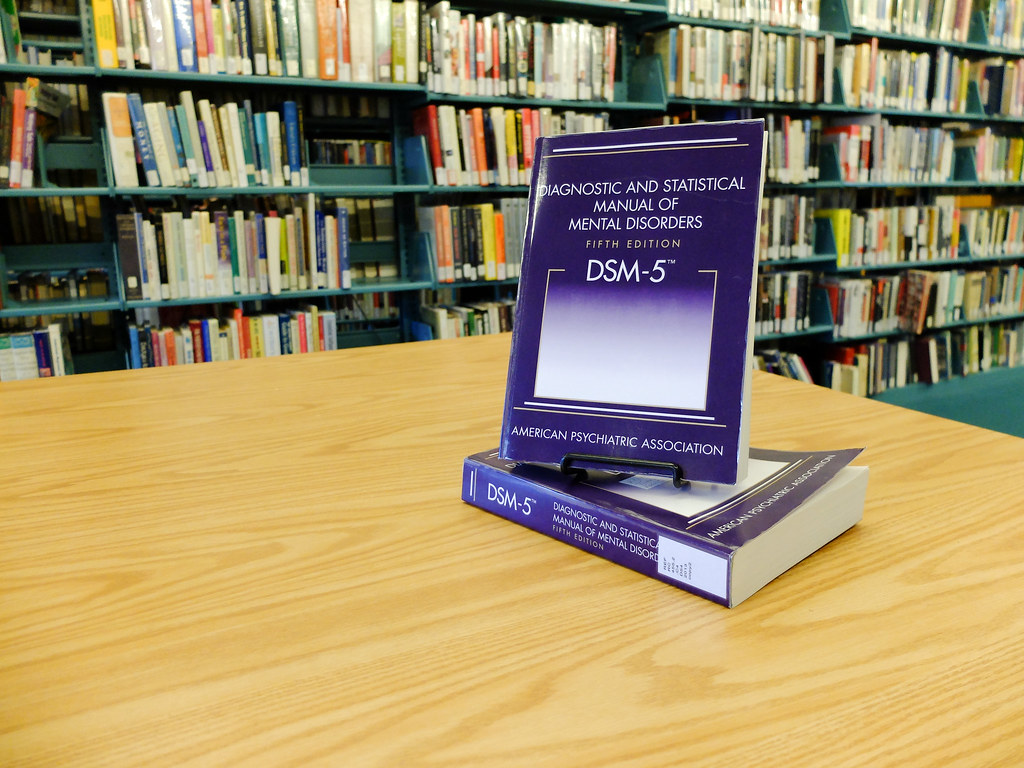Of all the ways that our world has changed in recent years, perhaps no one aspect of our lives has changed more than our relationship with technology. You already know this. You’ve read a similar statement hundreds of times in ‘get-off-my-lawn’ think pieces or when your mother asks your younger siblings to be more present during family dinner. You may have even heard it in yourself, reflecting on your own usage of technology. Who amongst us hasn’t seen their screen time or finished an hour long scroll on Tiktok only to think that they need to cut back? Whether it’s social media, internet browsing, or video games, we know when to cut ourselves off. Or at least we think we do. Sure, not everyone’s behaviors reach the level of addiction. But perhaps like any behavior, there are guidelines to tell us when we have a problem and when we need help.
Or perhaps, mental and behavioral health’s relationship to technology hasn’t progressed quite as quickly as our own has. From its first addition in 1952 the Diagnostic and Statistical Manual of Mental Disorders, more affectionately known as the DSM, has attempted to perform the difficult task of standardizing the definitions and criteria for psychiatric conditions, including addictions. While such an effort is absolutely necessary, the challenge of trying to encompass all psychiatric ailments in a way that gives a framework for healthcare providers and patients alike to understand and communicate about the infinitely complex mess that is mental health is daunting. But because it undertook the challenge regardless of its difficulty, it has become the definitive lens through which healthcare and society at large view mental and behavioral disorders.
As such, with the most recent revision being published in 2022 (DSM-VTR), it would be reasonable to assume that contemporary behavioral addictions, especially related to the use of technologically oriented mediums, are reflected appropriately. Right? Or at least improved compared to its 2013 (DSM-V) publication? For crying out loud, that was back in Taylor Swift’s Red era.
I’m sure you see where this is going. Unfortunately, the DSM can be slow to adjust to the world around it. After all, homosexuality was included as a psychiatric disorder all the way up until 1974. If you were to look at the addictions that the DSM currently includes, you’ll find numerous descriptions and qualifiers of substances. However, when it comes to behavioral addictions, you will only find one, and that is gambling disorder. Look a little deeper, and you can find several more listed under Section III, the designated section for conditions requiring more research but that are not officially recognized. One of these Section III conditions is internet gaming disorder. That’s it. No mention of social media, no mention of internet usage at large, all while studies have clearly shown the issues of these mediums. Whether it’s social media usage contributing to anxiety disorders and comparison culture (especially in teenage girls) or pathological video game playing leading to neglected responsibilities and personal care (especially in teenage boys) there is no doubt that there is a point where these behaviors can cross over into addiction and become a problem. Yet the DSM remains non-committal to their existence.
The problem may not lie with the DSM at all, but in our research criteria used to qualify these disorders. We can use internet gaming disorder as an example of this, as it resides in the middle of its journey towards full recognition. It first appeared in the DSM-V in 2013, mostly arising from new research that had been performed in America as a result of previous research coming out of Asian countries. Researchers, just like all of us, had noticed an increase in video game usage across society. In fact, current estimates show that at least 1 person in 2/3rds of American households plays video games, and over 160 million adults play some sort of internet based video game. However, these studies used wildly different criteria to define, diagnose, and categorize pathological video game usage.
Herein lies the problem. The DSM lies between a rock and hard place, the rock being research clearly showing a problem with excessive participation in these behaviors, and the hard place being consistent research measures that can actually build a body of evidence that merits a formal disorder. If every study measures it differently, how can the field be sure that they are even studying the same thing? For this reason, internet gaming disorders inclusion in the DSM’s Section III back in 2013 was vital in that it gave a specific criteria from which future studies could standardize their own. As such, it appears to be on track to formal recognition in the next revision. Recognition means more research, which means more funding, which means better treatments and patient outcomes.
How we make standardized criteria more research friendly is difficult to say. One idea is a general classification of something akin to “behavioral addiction disorder” with basic addiction criteria that could apply to all behaviors and give researchers a basis to unify their studies and push topics forward towards more specific recognition. While not currently in place, it could be a great place to start. If nothing else, it has the potential to bring these patterns and findings in individual studies into a more centralized location, all with the long term goal of being formally recognized.
That way, at least when people Google things like “Is gaming/social media/internet addiction real?”, they won’t be met with the research equivalent of a shrug.
References
1. Alavi SS, Ferdosi M, Jannatifard F, Eslami M, Alaghemandan H, Setare M. Behavioral Addiction versus Substance Addiction: Correspondence of Psychiatric and Psychological Views. Int J Prev Med. 2012 Apr;3(4):290-4.
2. Griffiths MD, van Rooij AJ, Kardefelt-Winther D, Starcevic V, Király O, Pallesen S, Müller K, Dreier M, Carras M, Prause N, King DL, Aboujaoude E, Kuss DJ, Pontes HM, Lopez Fernandez O, Nagygyorgy K, Achab S, Billieux J, Quandt T, Carbonell X, Ferguson CJ, Hoff RA, Derevensky J, Haagsma MC, Delfabbro P, Coulson M, Hussain Z, Demetrovics Z. Working towards an international consensus on criteria for assessing internet gaming disorder: a critical commentary on Petry et al. (2014). Addiction. 2016 Jan;111(1):167-75. doi: 10.1111/add.13057.
3. Petry NM, Zajac K, Ginley MK. Behavioral Addictions as Mental Disorders: To Be or Not To Be? Annu Rev Clin Psychol. 2018 May 7;14:399-423.
4. Rehbein F, Kliem S, Baier D, Mößle T, Petry NM. Prevalence of Internet gaming disorder in German adolescents: Diagnostic contribution of the nine DSM-5 criteria in a state-wide representative sample. Addiction. 2015;110(5):842–51.
Brady Anderson is a medical student at the University of Arizona College of Medicine-Phoenix, class of 2025. He loves writing and enjoys the outlet it offers, both intellectually and emotionally. When not studying or trying put his kids to bed, he enjoys chipping away at one of the several books he's reading, exploring Arizona's deserts, and overanalyzing art and culture. He graduated from Brigham Young University in 2020 with a BS in Psychology. Feel free to reach him at bradyanderson@arizona.edu.


